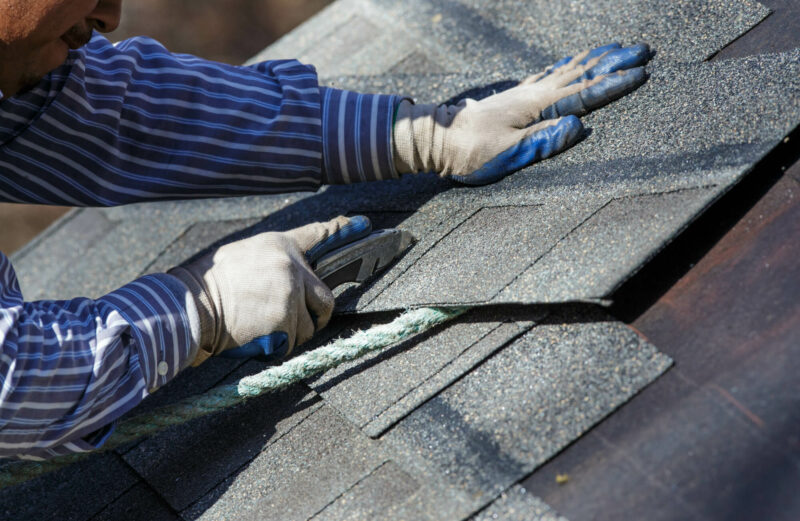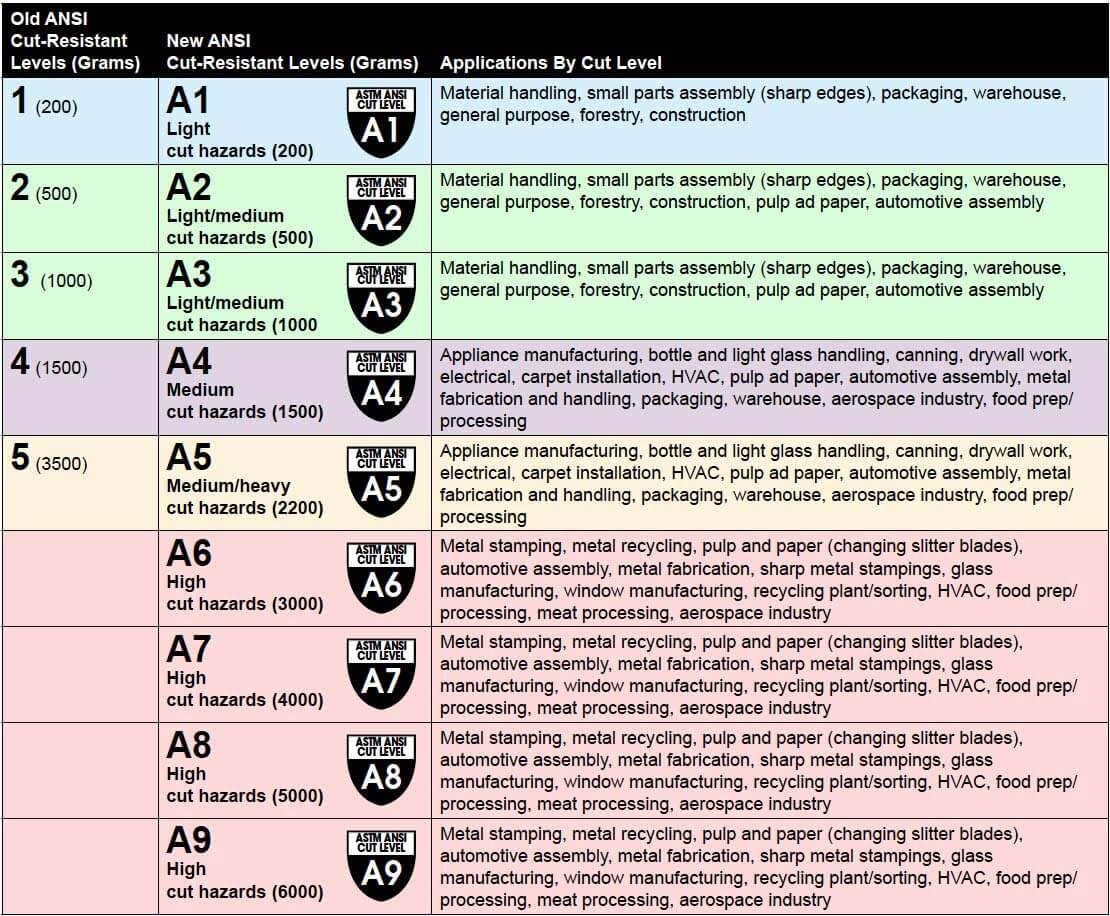
Selecting gloves with the right level of cut resistance is an integral part of hand safety.

Cut resistant gloves (CRG) are an integral piece of personal protective equipment (PPE) for many jobs. They are truly the last line of defense between an identified hazard and the end-user.
AdvertisementSelecting the correct glove by matching it to the hazard and risk is a key responsibility for the safety practitioners and purchasing departments of any organization whose workers face cut hazards.
This article is intended to serve as a guide for safety practitioners and assist them in understanding of the application of CRG technologies, and which CRG protection levels are best for their workplace.
AdvertisementCut resistant gloves are gloves that, when fitted, worn, and used properly, resist cuts from blades, tools, or materials (sharps).
The name points to an important distinction. These are gloves that resist being cut. They provide a barrier between the hand and the cutting sharp. But they are not cut proof.
Cut resistant gloves might also offer some hand protection against other hazards, such as punctures or abrasions. But they are made and tested to resist being cut by a blade or a sharp edge.
Gloves get their cut resistance rating by undergoing a test under artificial conditions. The approved testing methods determine how much force (by a blade or rotating blade) is required to cut through the glove’s material.
These tests do not reflect real-world industrial situations, applications, or conditions. Still, they are the best currently available method for testing cut resistance.
AdvertisementThere are at least three cut resistance testing methods in current use. All are valid methodologies, but if you must test the cut resistance of a glove, start by determining which are acceptable under law in your jurisdiction.
In North America, the ANSI/ISEA 105 methodology and the descriptors attached here are valid for use in the glove selection process. In my opinion, however, the ISO 13997 methodology is the most stringent option, but also the most expensive to perform.
Whether your workplace needs cut resistant gloves will depend on the outcomes of your hazard or risk analysis.
If your analysis identifies cut hazards, it should then run through the hierarchy of hazard controls. If the analysis demonstrates the the other control methods (treat, tolerate, transfer, terminate) that could be used are either ineffective or not reasonably practicable, then PPE is needed as the last line of defense. In this case, cut resistant gloves.
Various factors influence the cut resistance of a glove when it is in use, including:
Of all these, force is one of the most critical factors. A Level 1 glove subjected to a force above its tested capacity is likely to fail, which makes matching the cut resistance glove to the level of force involved especially important.
Educating the end-user that, while the CRG is designed to provide protection in the event of a contact with a cutting hazard, contact between blade and glove should be avoided at all costs. A cut resistant glove will provide some degree of protection but will not stop all cuts.
Unless this is clearly stressed, injuries can result from a worker mistakenly assuming that a blade cannot penetrate their safety gloves.
ANSI ranks the level of cut resistance from A1 to A9. A higher number indicates that the glove material resisted a higher level of cutting force during testing.
For example, an A-1 cut level means 200 grams of force was applied and resisted, while an A-9 cut level means 6000 grams were resisted.
The ANSI Chart below also provides examples of applications of the various levels of cut resistance.

While this provides guidance in general terms, it is still absolutely necessary to match the specific task to a specific level of cut resistance and glove.
CRGs can be made from, or from combinations of:
Almost all CRG available are a combination of one or more of these materials.
All of these materials have similar cut resistant properties. However, each has some unique features that might be relevant when considering other hazards the user might be exposed to. For instance:
The weave of a fabric also plays a critical role in a glove’s cut resistance. Some CRGs are made with steel strands woven into the fabric, combining two types of cut safety tech into a single protective material.
As stated above, a documented selection process is required when matching a work task to a protective glove. The best way is to develop a list of statements about what you want or expect out of a CRG for a specific task. This focuses the process and allows you to formulate the questions you need to ask the manufacturer. For example, does the cut resistant product you will use also need to shed water or provide puncture resistance?
Start from a known point, such as the ANSI chart. Look at the industry applications they list, and determine if your industry falls into a specific level.
Pay close attention to worker engagement in terms of comfort, style, color, feel, and fit. This will pay the greatest dividends since a concern with the user’s comfort and convenience improves the odds that they will wear the glove whenever it is needed.
And be sure to consult suppliers and manufacturers. Get in touch with people in industries similar to yours and ask for their advice on selecting the right kind of cut protection.
Get the purchasing department and the safety committee involved. They can speak to a variety of concerns beyond the cut resistance level.
And of course, whatever glove you do end up choosing, make sure everyone who will use it understands and is trained in which gloves are appropriate and required for which tasks.
Above all, be open to change. Review your CRG program at least annually and ensure that it continues to meet your needs.
Cut resistant gloves are an integral part of a full array of PPE. Use it in conjunction with other elements of your safety management system, including education, training, task observation, and coaching.
Ready to learn more? Check out our free Hand Protection 101 webinar!
Sign up to the Safeopedia Newsletter to get more great safety info delivered right to your inbox!